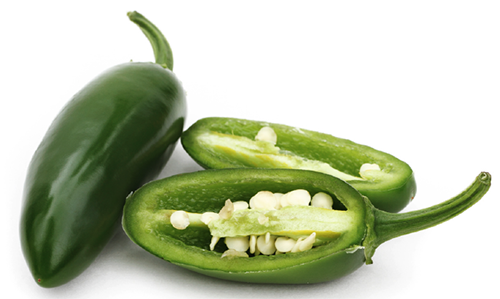
Lots of bold flavor in a small, 3-inch pepper, the early jalapeño variety is better adapted to cooler climates than other jalapeños. Incredibly versatile, they're hot enough to add a kick to your favorite dish, but mild enough for any meal.
Enjoy green or allow to ripen to red for a sweeter, bolder flavor. Jalapeños rate 2,500–5,000 Scoville Heat Units (medium hot).
Peppers need warm soil to germinate. To direct sow, plant seeds in well-worked, fertilized soil that has been deeply watered. Cover with one quarter inch of finely sifted soil. Minimum nightly temperatures should be no less than 60°F.
If starting indoors, place seeds on top of soil and cover with one quarter inch of finely sifted soil. Mist daily. Once seedlings reach a height of 1–2 inches, fertilize with an organic liquid fertilizer. When they are 3–4 inches tall and the weather is warm enough, transplant to the garden. Keep roots mulched.
Harvest peppers often to encourage more production. Cut fruits from their stems once they are mature and turn either dark green or red; do not pull off the vine.
Choose fruit from the most vigorous plant. Allow the chosen fruit to remain on the plant until it becomes completely ripe and begins to wrinkle. Cut off the pepper, then remove seeds by hand. Inspect seeds and remove any that are damaged or discolored, then spread them out on paper towels or newspaper to dry in a warm area out of direct sunlight. Turn the seeds every couple of days to make sure the bottom layer is drying as well. Store seeds in a cool, dry area for up to four years.